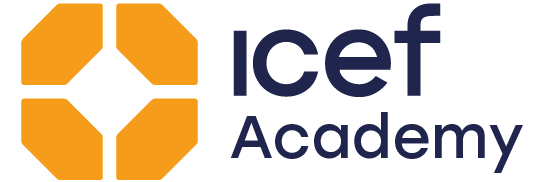D2. Understanding the Options
Within the Canadian K-12 education landscape:
- Public schools are funded and accredited by their respective provincial government, follow a provincial curriculum, and are overseen by a Board of Trustees elected by the community. Public schools are organized into what is referred to as school districts, school boards, or school divisions — that is, groups of public/government schools in a particular city or region.
- Private schools operate according to the regulatory environment in each province or territory. The legal status of private schools varies across Canada as each province or territory is responsible for the regulatory environment of schools in its jurisdiction. Most provinces and territories require private schools to be registered with their ministries of education, and must meet the curriculum and other standards set by their respective ministries; however, they may operate differently. In Ontario, for example, private schools operate independently without any oversight by the Ministry of Education. However, if a private school wishes to offer credits toward a secondary school graduation diploma they are inspected to determine whether the standard of instruction in credit courses meets ministry requirements.
- Independent schools are usually non-profit organizations, funded by annual tuition fees and operate under the leadership of a Head of School, that reports to a Board of Directors. Independent schools are accredited by their respective provincial ministries of education.
Courses are taught in English, French, or another language, depending on the school and its location, while still others offer immersion programs in various languages.
When choosing between the options, there are a variety of factors to consider: cost (which can vary substantially between the types of schools), curriculum and extra-curricular activities, and geography/environment (large urban cities, suburban, or rural communities), specialized programs, or academies.
Unlike in some other countries, 95% of Canadian parents choose to enroll their children in public schools for an excellent quality of education. Public schools in Canada:
- Are provincially accredited;
- Follow a provincially approved standard curriculum;
- Employ government-certified teachers;
- May offer faith-based education (e.g. Catholic schools) in the provinces of Alberta, Saskatchewan, and Ontario;
- May offer many specialized academic programs, fine arts, and athletic academies.
Independent and private schools offering a Canadian curriculum often also offer enriched or specialized programs, such as:
- Single-gender education (e.g., all-boys or all-girls schools);
- A religious affiliation (e.g., a Catholic school);
- A curriculum of the United Kingdom, France, or other international designation;
- Arts, sports, or other focus.
They may also be known for small class sizes, enriched teaching resources, or comprehensive boarding facilities. For reasons like these, they can be more expensive than public schools in Canada.
Curriculum
Education in Canada is very learner-centred with a focus on student success, offering support for language development, adaptive learning techniques, and manageable class sizes.
Standard core academic courses across all school types include:
- English, French, or both
- Mathematics
- Social studies
- Science
- Computer studies (not compulsory in all provinces)
- Physical education (not compulsory in higher grades)
- Art (not compulsory in all provinces)
As students progress through grade levels, they can choose from specialized optional courses sometimes referred to as “options” or “electives” according to their interests, such as:
- Various foreign languages
- History and geography
- Chemistry, physics, and biology
- Art, music, dance, and photography
- Drama, film studies, and cosmetology
- Business courses, such as marketing, accounting, or tourism
- Computer programming, animation, and graphic design
- Wood and metal working, and automotive
- Culinary arts
Courses offered will vary by school. A wide range of team sports, clubs and other extra-curricular activities are also offered in all schools.
*While the education system of one province will be similar to that of another province in many ways, it will have its own curriculum and guidelines to reflect the culture and history of its region.
